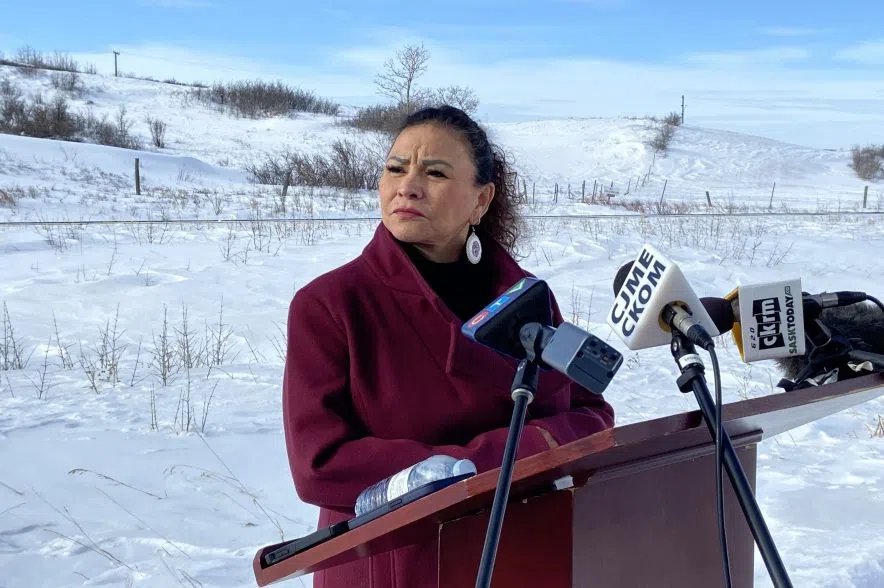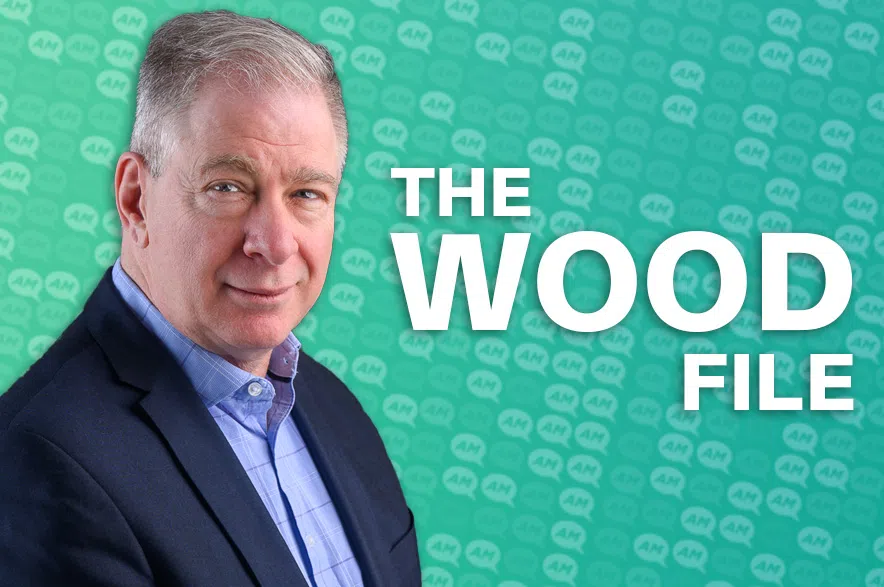It’s been an uphill battle for the Willowview Recovery Centre near Lumsden, which was supposed to open in the spring of 2024.
It was supposed to be the largest addictions treatment centre in the province, with 60 inpatient treatment beds. However, the Saskatchewan NDP continues to question the government’s transparency about the facility.
Read more:
- NDP calling for financial investigation in Lumsden addictions treatment facility
- NDP crying foul as Willowview Recovery Centre still not open
- Months behind schedule: recovery centre in Lumsden still not open
Betty Nippy-Albright, Mental Health and Addictions critic for the NDP, said the people of Saskatchewan deserve answers.
“We found out through the email correspondence that $800,000 was given to this facility. What we don’t know is how many people have been treated. We don’t know how much has been given to this organization to do what it said it was going to do, which was treat 60 inpatients,” she said.
“The citizens in this province are on the hook for money that hasn’t been explained.”
The NDP claims the Sask. Party funnelled $800,000 in “secret payments” to the facility over the summer, while the facility wasn’t open.
“The full cost of this facility remains an open question,” she said.
“I’ll tell you what’s not an open question: the Sask. Party has had no problem handing this business blank checks while wait times grow and this addictions crisis gets worse and worse.”

The 60-bed treatment facility is part of the government’s action plan, which included a commitment to open 500 new addictions treatment spaces in the province in five years. (Nicole Garn/980 CJME)
In a previous interview, the NDP claimed it was told by someone who works at the facility that the wait list is more than a year long, and that people looking for care in Saskatchewan should look to Toronto instead.
Nippy-Albright said she is still hearing concerns about the wait lists.
“Families are begging and pleading for their loved ones to get the inpatient treatment, and there’s no facility available because there’s a waiting list,” she said.
“You have people suffering every single day trying to get into treatment, and you have a facility that’s been given a significant amount of money, and yet people haven’t been treated.”
According to Nippy-Albright, who said she was in contact with former employees, only around 20 out of 60 beds are in use right now.
The NDP are calling on the Sask. Party to fully disclose the total cost of the treatment centre, provide a detailed breakdown of where the money has gone, how many patients have been treated to date and a full breakdown of ongoing challenges related to the operation of the facility.
Nippy-Albright said the delays are major problems.
“When you can’t pass a fire code, that’s not minor. When we have 40 C inside with no air conditioning, that’s not operational,” she said.
“When there are sewage problems, when toilets are plugging up and they can’t be used, when there are leaks in the rooms and mould is setting in, those are problems.”
The NDP also claims the government has redacted the total costs of the project and delayed the release of three FOI requests regarding correspondence and the total cost of the facility.
Two FOIs regard communication from the government and the SHA and the government to EHN Canada — a network of publicly funded and private treatment services for addiction, trauma, and mental health — who is running the facility.
The other FOI request is for the total cost of the facility.
Sask. Party says centre had a phased-in approach
A statement from the Ministry of Health said the government is committed to helping residents get the services and supports they need.
“The centre took a phased approach to seeing patients, which enabled the centre to provide intensive day treatment care starting in October, while renovations made the facility suitable for inpatient stays,” the email read.
“With the intensive day treatment, participants engage in treatment at the facility seven days a week from four to eight weeks dependent on the person’s unique needs.”
It said inpatient treatment started intake on Jan. 21, and the phased approach will allow an additional 20 to 40 inpatient spaces in the spring, as renovations are completed.
According to the Ministry, the startup amount was approximately $1.5 million, and the amount was not paid as full inpatient services were not operational.
“EHN was paid a reduced rate while they hired and trained staff over the summer and worked through the required building enhancements,” the statement said.
“The amended agreement for the $800K allowed this work to continue and for the startup of intensive day programming.”
Read more:











